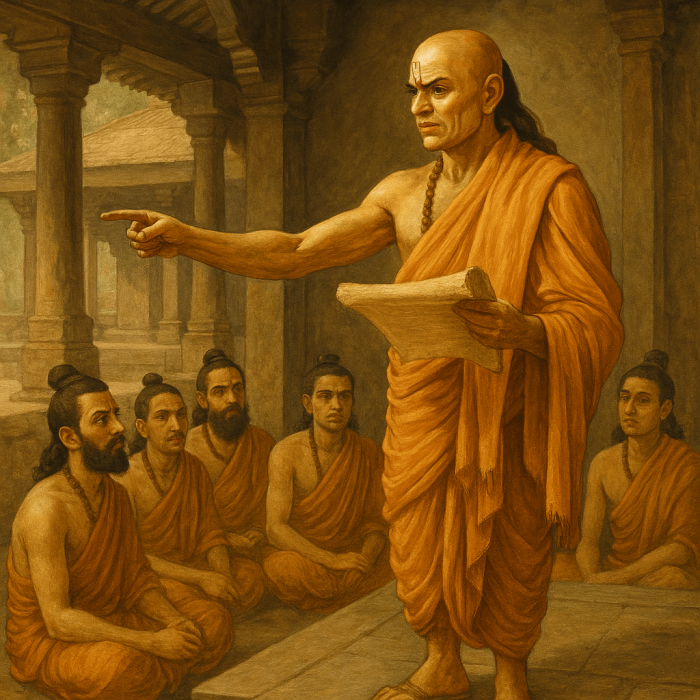Timeless Teachings from the Bhagavad Gita That Resonate in the Digital Age
Timeless Teachings from the Bhagavad Gita, a revered jewel of Indian philosophy, serves as a timeless guide for self-realization, inner peace, and purposeful living. Found within the great Indian epic Mahabharata, this ancient dialogue between Prince Arjuna and Lord Krishna presents wisdom that transcends religion, culture, and time.
Even in our modern, tech-driven world, the Gita’s teachings remain incredibly relevant. Let’s explore the top 10 transformative insights from the Bhagavad Gita that can elevate your personal and professional life today.
1. The Impermanence of the Material World
The Gita teaches us that everything material—wealth, fame, relationships—is fleeting. Recognizing this helps us reduce attachment and seek joy from within. It’s a powerful reminder that true success lies in inner stability, not external possessions.
If you’re building a spiritual or philosophical tech brand, SankhyaAI.com offers a rare opportunity to own a name rooted in the ancient science of consciousness—Sankhya.
2. The Power of Self-Knowledge
Self-awareness is key to living authentically. The Gita emphasizes looking inward to discover who we really are—beyond roles, labels, and distractions. In a world full of noise, this knowledge is power.
3. The Practice of Detachment
Detachment doesn’t mean indifference. It means doing your best without obsessing over the result. This creates peace of mind, better decision-making, and less emotional burnout.
Thinking of launching a mindful living or luxury wellness brand? Cherishya.com blends the beauty of the word “cherish” with spiritual elegance—perfect for high-end emotional, fashion, or mental wellness ventures.
4. Fulfilling Your Duty (Dharma)
Each of us has a purpose—a duty to fulfill. The Gita urges us to carry out our responsibilities with integrity, not for rewards but because it’s the right thing to do. Purpose-driven work always leaves a lasting impact.
5. Selfless Service (Karma Yoga)
The joy of giving without expecting anything in return is a theme woven deeply into the Gita. Serving others cultivates compassion, reduces ego, and brings us closer to universal consciousness.
6. The Battle Within
Life’s real struggle is internal—the conflict between our higher self and lower impulses. The Gita uses war as a metaphor for this battle, reminding us to master our mind and conquer doubt through discipline.
7. The Power of Meditation
To calm the chaos within, the Gita recommends meditation. Whether through Bhakti (devotion), Jnana (knowledge), or Karma (action), stilling the mind connects us with our true essence and helps us stay grounded.
8. Real Leadership
A true leader isn’t defined by position but by service, vision, and humility. The Gita highlights qualities such as clarity, courage, and righteousness—values that shape trustworthy, modern leaders.
Want a brand that stands for trust, culture, and future-readiness? Ayubima.com—a powerful blend of tradition and innovation—is ideal for next-gen insurtech, fintech, or social impact platforms.
9. Embracing Equanimity
Equanimity is the ability to remain calm in success and failure alike. This inner balance allows us to respond, not react, and gives us the strength to rise above praise or criticism.
10. The Journey to Self-Realization
The ultimate goal of the Gita is to awaken us to our divine nature. We are not just physical beings but eternal souls. This understanding sets us free from fear, ego, and the cycle of suffering.
Conclusion: Ancient Wisdom for a Modern World
The Bhagavad Gita is more than a religious scripture—it’s a life compass. Its lessons on detachment, duty, leadership, and inner peace hold transformative power for the digital age. As we move forward in our personal and professional journeys, these teachings remind us to live with purpose, balance, and integrity.
For an authentic and in-depth resource, visit Bhagavad-Gita.org — a highly respected platform offering full translations and commentaries of the Gita.











 Top 5 Agritech Startup Trends Transforming Modern Farming
Top 5 Agritech Startup Trends Transforming Modern Farming